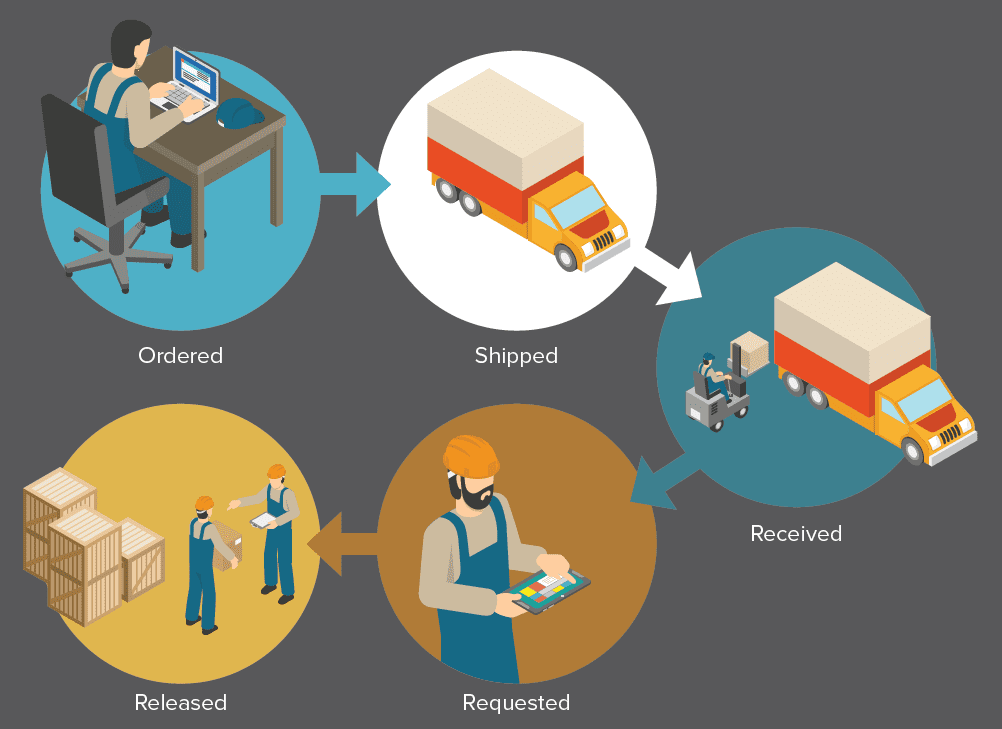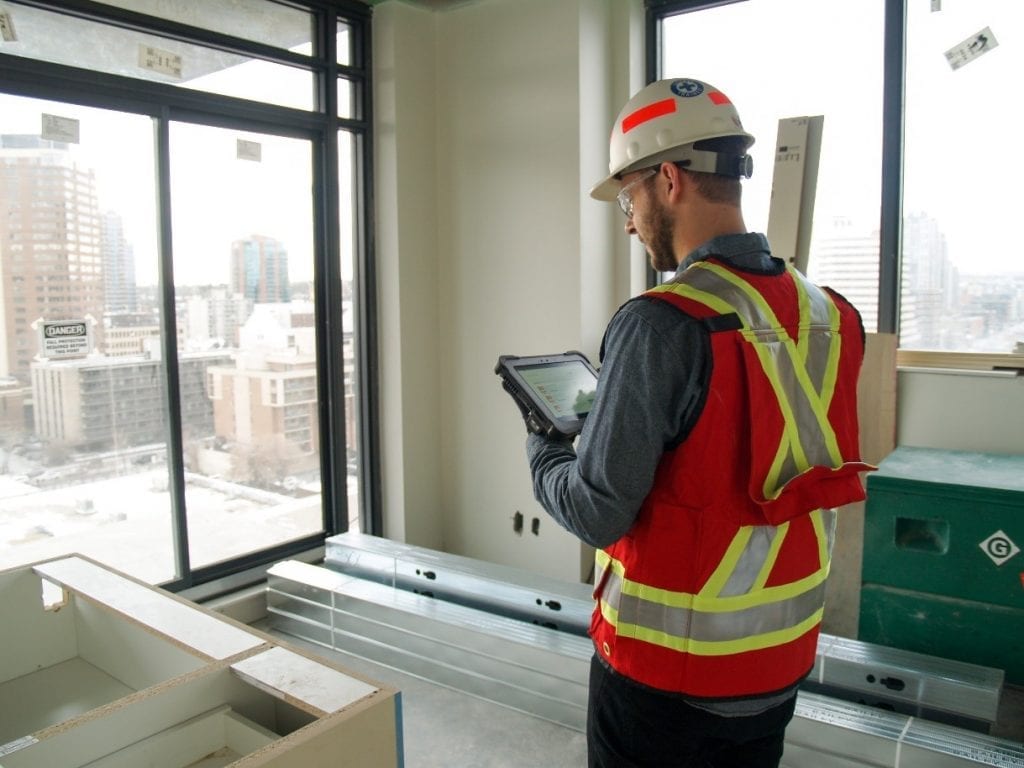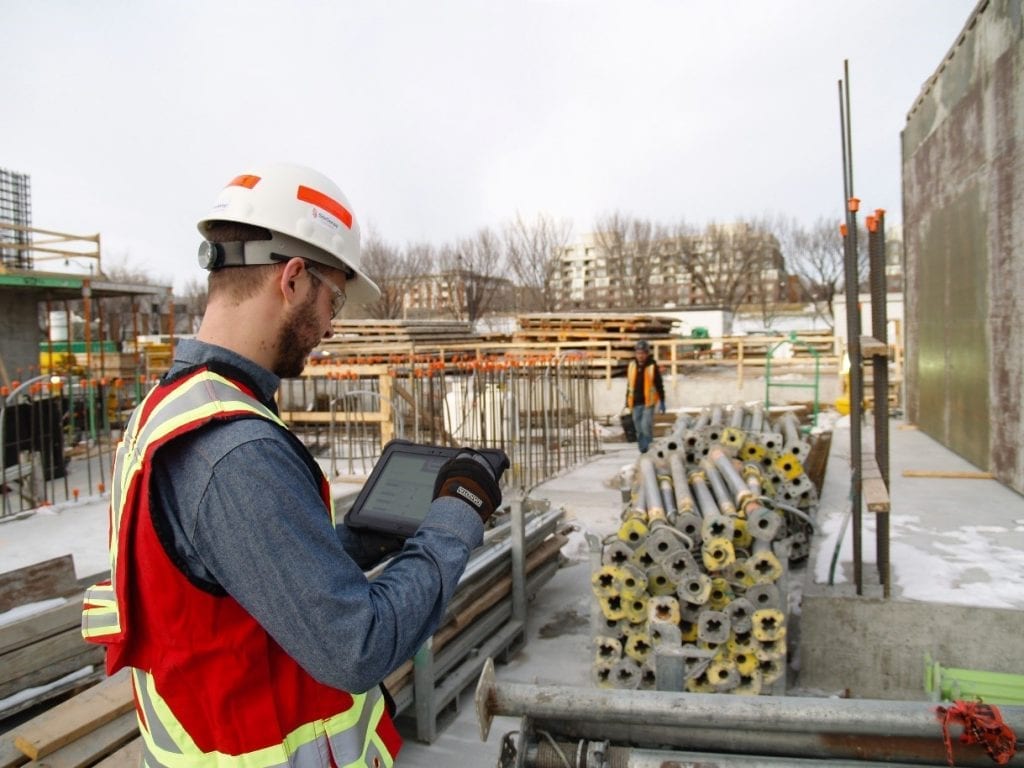Studies have shown that buildings construction projects exceed their expected total installation costs by an average of 8-15%, and this rate significantly increases for more complicated building types. Proper materials management is a huge contributing factor to these costs, as typical buildings projects spend 45-50% of their total budgets on materials. Numerous studies have concluded that poor material management is a major cause of delays and budget overrun in the construction industry. A great example of this is a 2012 survey that was given to engineers and managers working on buildings construction projects. After being asked to rate possible factors which lead to construction delays, the most popular answer was “a lack of required construction material”.
Not only does this lack of knowledge of where materials are located (ordered, in-transit, received at site, stored on site, etc.) often lead to delays, it’s also a major cause for over-ordering of material. Buildings construction projects typically end up purchasing 4-6% more material than is actually needed with much of the over-ordered materials going to waste. An influential 2009 global study pointed out that the construction industry is a major contributor to global waste, generating 10% of all waste.
Another important performance metric in the construction industry is worker productivity, as labor costs typically represent 33-50% of a project’s total budget. As shown in the pie chart below, a University of Calgary study in which workers (mostly foremen, carpenters, and labourers) were observed on commercial construction projects found that a very large portion of a typical worker’s day was unproductive, spent on activities that could have been avoided, such as looking for tools and materials, waiting, or moving around the jobsite. When this same research group (Hewage et al.) considered the major factors of why commercial construction workers are so unproductive, they concluded that a lack of accurate equipment and material storage locations was the primary cause of this low “tool time”.

Although many buildings construction projects attempt to track the whereabouts of their equipment and materials through standard material management documents like Purchase Orders, Shipments, Material Receiving Reports, Material Issue Requests, and Pick Tickets/Release Forms, most sites suffer from very inefficient, paper-based processes. A 2016 Mckinsey & Company study on the construction industry identified the dependence on paper-based processes as one of the main reasons for the industry’s poor productivity record in recent years. To solve this problem, Intelliwave Technologies’ SiteSense® software is designed to take paper out of the equation, and digitize material transactions using cloud-based mobile software on smartphones and tablets.

Although the buildings construction industry has been very slow so far to adopt software and information technology, adoption of software technology has shown to improve overall construction productivity. A study by Zhai et al. looked at the Construction Industry Institute (CII)’s Benchmarking and Metrics database to compare the productivity metrics of buildings construction crews implementing a high level of IT integration to those with a relatively low level.They noticed a significant average improvement in productivity, especially in the Concrete, Structural Steel, and Electrical sectors (56.4%, 41.5%, and 38.4% time-savings per installed quantity, respectively). Examples like this lead us to conclude that the construction industry leaders should be making strategic investments in research and IT, but as of 2016, the construction industry still runs well behind the pace of any comparable sectors, with less than 1% of total revenues going towards research and IT.

For the complete case study on increasing worker productivity by having real-time, accurate material information, please click here.
